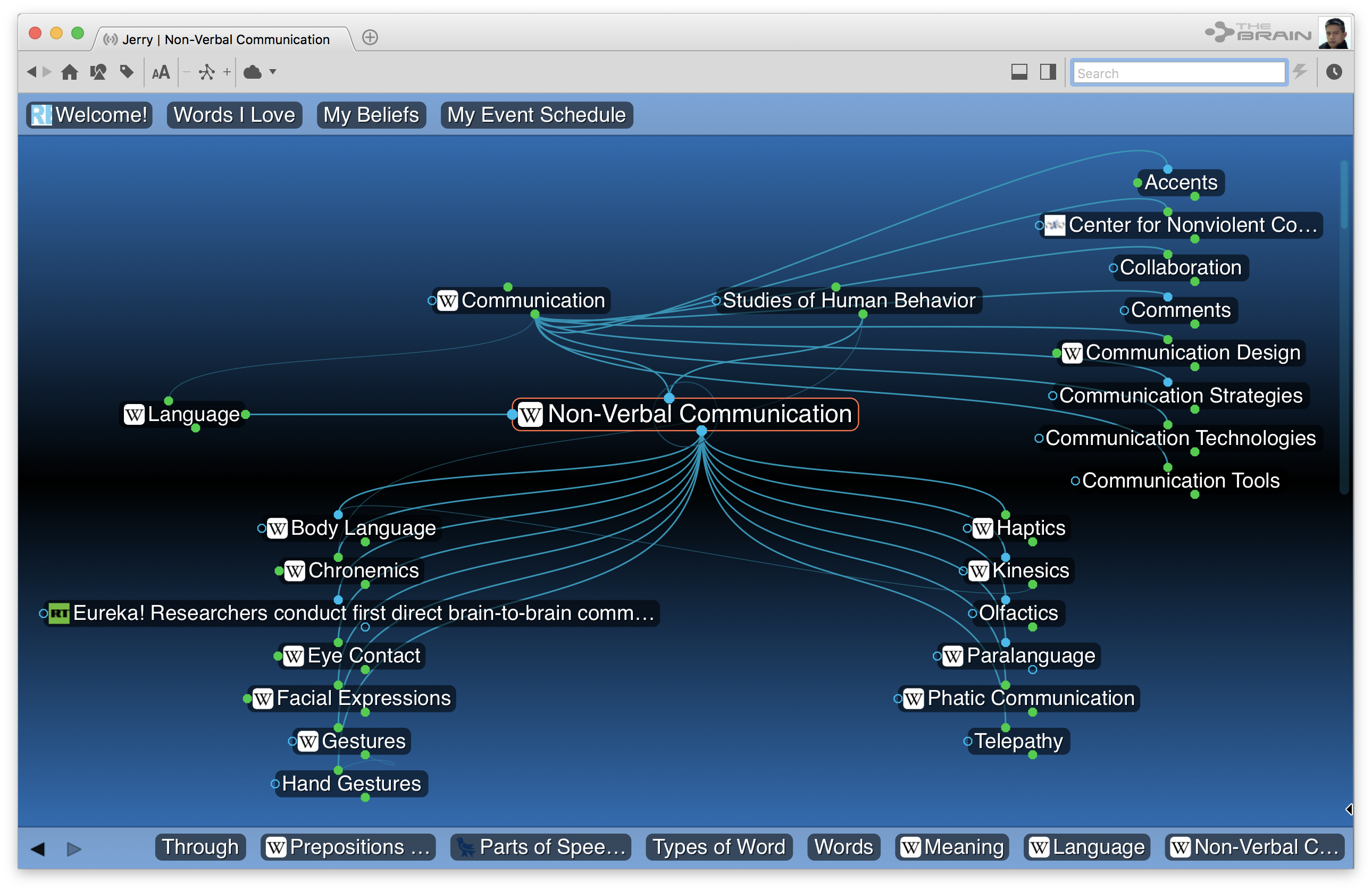

His health insurance company raised his premium rates until he could no longer afford coverage. His clients noticed his memory and concentration problems and he had to close his practice in six months. Despite symptoms including headache, fatigue, and memory loss, he returned to his counseling practice. In the hospital emergency department he was briefly examined, told that he had suffered a “concussion,” and sent home an hour later without other treatment. J.M.Z.-a 44 year-old marriage and family counselor-was struck by a powerboat while kayaking and knocked unconscious for a short time.

The human face of TBI is suggested by this example, which describes experiences shared by many others: These disabilities, arising from cognitive, emotional, sensory, and motor impairments, often permanently alter a person’s vocational aspirations and have profound effects on social and family relationships. Yet because these disabilities are not readily apparent to the public–unlike a broken leg, for example–TBI is referred to as the invisible epidemic.
THEBRAIN 9 SOFTWARE FULL
The long-term impairments and disabilities associated with TBI are grave and the full human cost is incalculable. According to one study, the annual economic burden in the United States was approximately $37.8 billion in 1985.įor the estimated 5.3 million Americans who live with a TBI-related disability, the financial cost is only part of the burden. These injuries have both short-term and long-term effects on individuals, their families, and society and their financial cost is enormous. Violence, especially suicidal behavior and assaults that involve firearms–the leading cause of TBI-related death.įalls–the leading cause of TBI among the elderly.
Motor vehicle crashes–the leading cause of TBI resulting in hospitalization. The risk of TBI among males is twice the risk among females. While the risk of having a TBI is substantial among all age groups, this risk is highest among adolescents, young adults, and persons older than 75 years. 80,000 to 90,000 people experience the onset of long-term disability.Īs the cumulative result of past traumatic brain injuries, an estimated 5.3 million men, women, and children are living with a permanent TBI-related disability in the United States today. 230,000 people are hospitalized and survive. Each year an estimated 1.5 million Americans sustain a TBI. Traumatic brain injury (TBI) is a leading cause of death and disability among children and young adults in the United States. Incidence and Prevalence of Traumatic Brain Injury in the United States As required by this Act, the following Federal report summarizes current knowledge about the incidence, causes, severity, associated disabilities, and prevalence of TBI. Public Law 104-166, the Traumatic Brain Injury Act of 1996, authorizes State surveillance systems to obtain information on the number of people affected by traumatic brain injury (TBI), the causes of these injuries, and their severity. Leroy Frazier, South Carolina Department of Health Pam Archer, Michael Crutcher, and Sue Mallonee, Oklahoma State Department of HealthĮrnest McCutcheon and Anbesaw Selassie, Medical University of South Carolina Loretta Santilli, Kathleen Thoburn, and Gerald Feck, New York State Department of Health Garland Land and Mark van Tuinen, Missouri Department of Health Mark Kinde and Jon Roesler, Minnesota Department of Health Gail Whiteneck, Craig Hospital, Denver, Colorado National Center for Injury Prevention and Controlīarbara Gabella and Richard Hoffman, Colorado Department of Public Health and Environment Appendix: Methods Used to Produce Estimates for This Report. CDC Estimates of Traumatic Brain Injury-Related Disability. Current Data on Traumatic Brain Injury Mortality and Morbidity. CDC’s Traumatic Brain Injury Surveillance Program, 1989-1998.






 0 kommentar(er)
0 kommentar(er)
